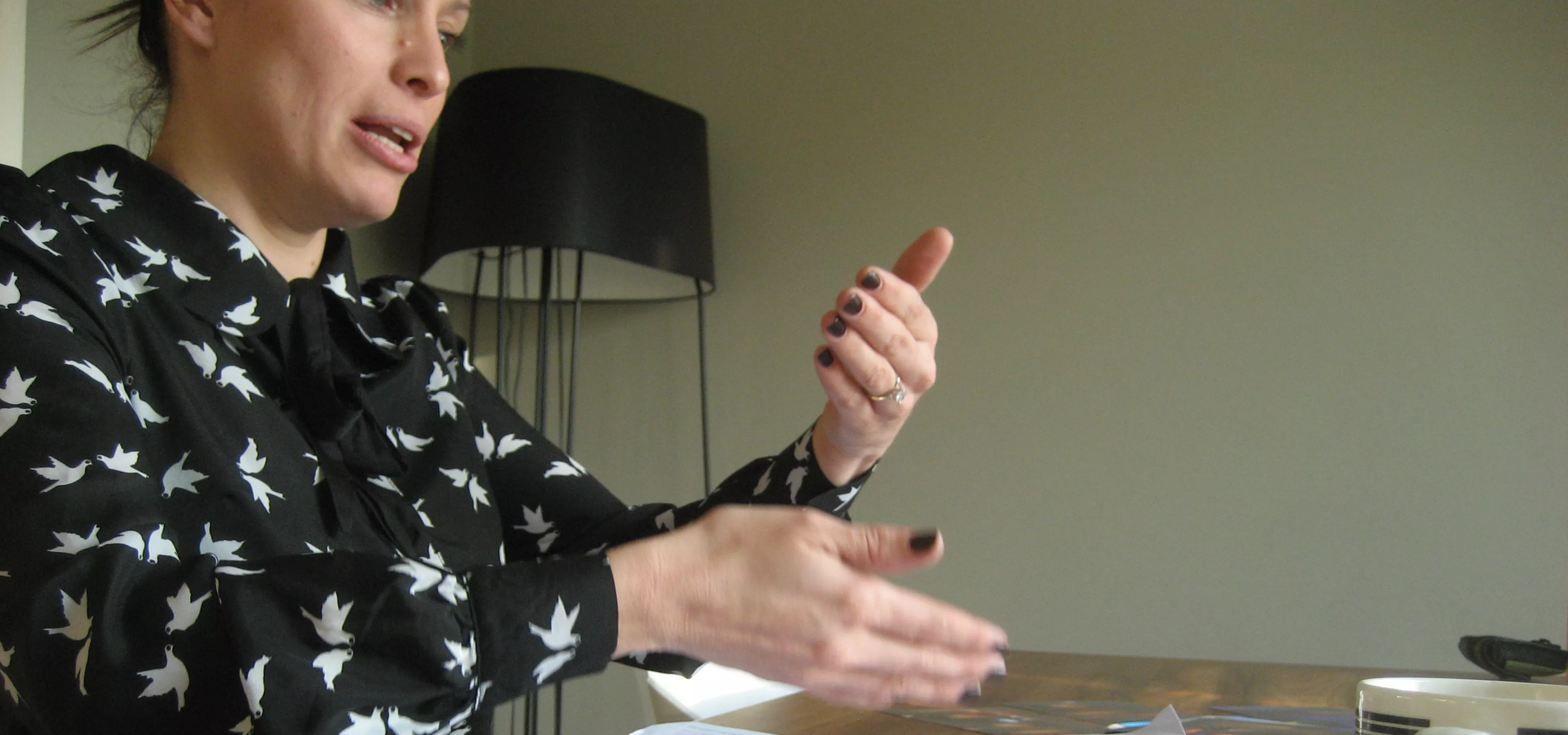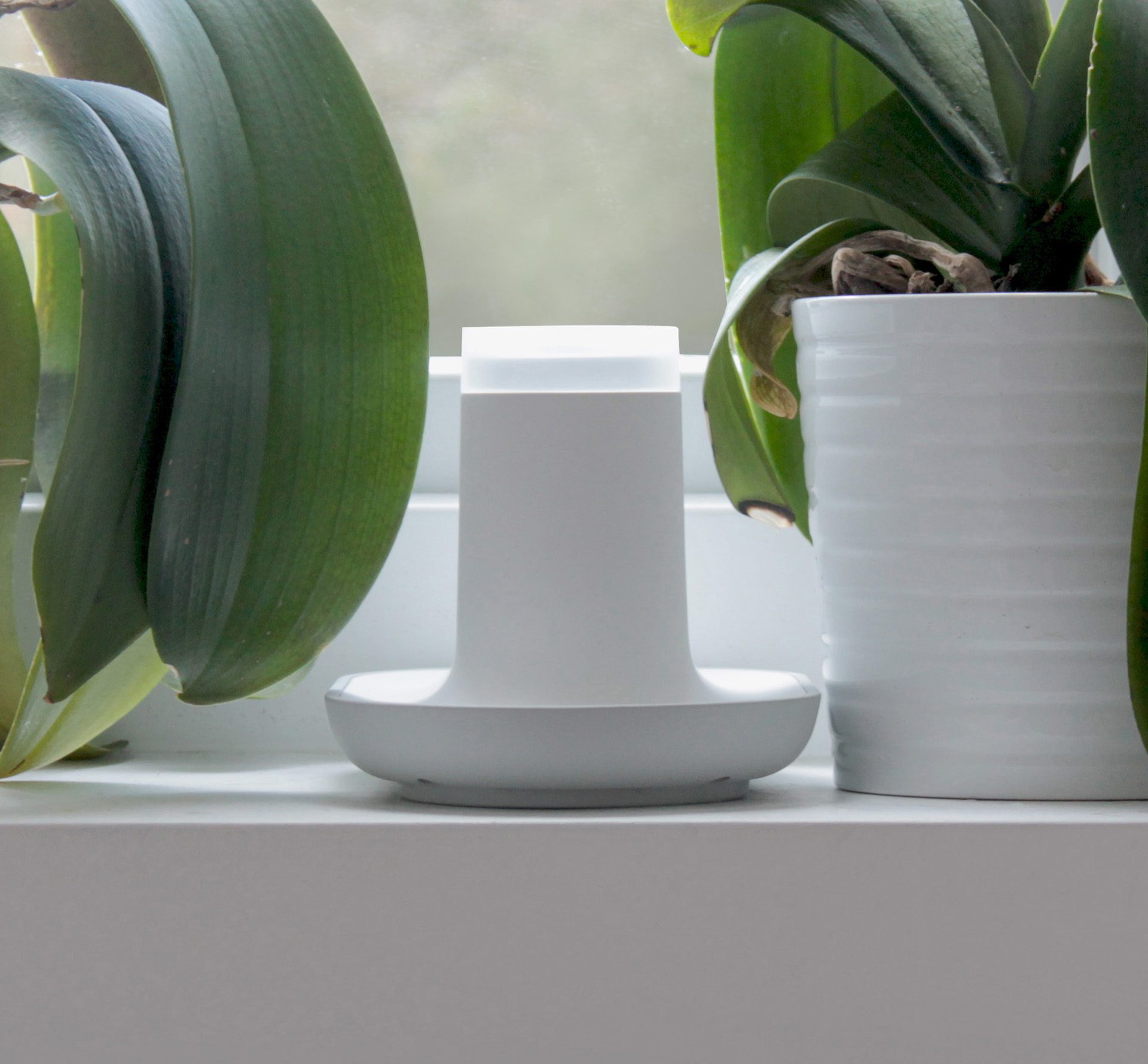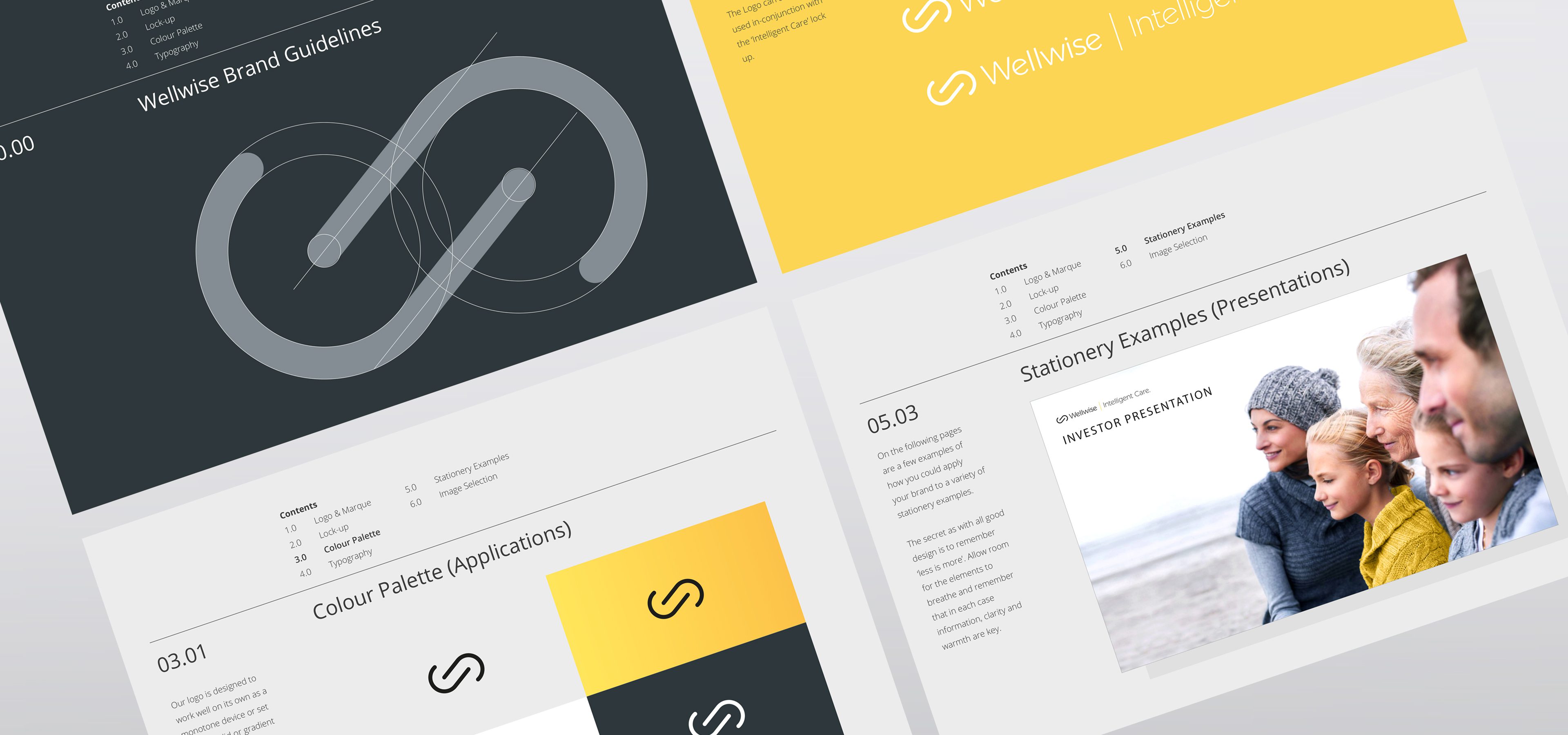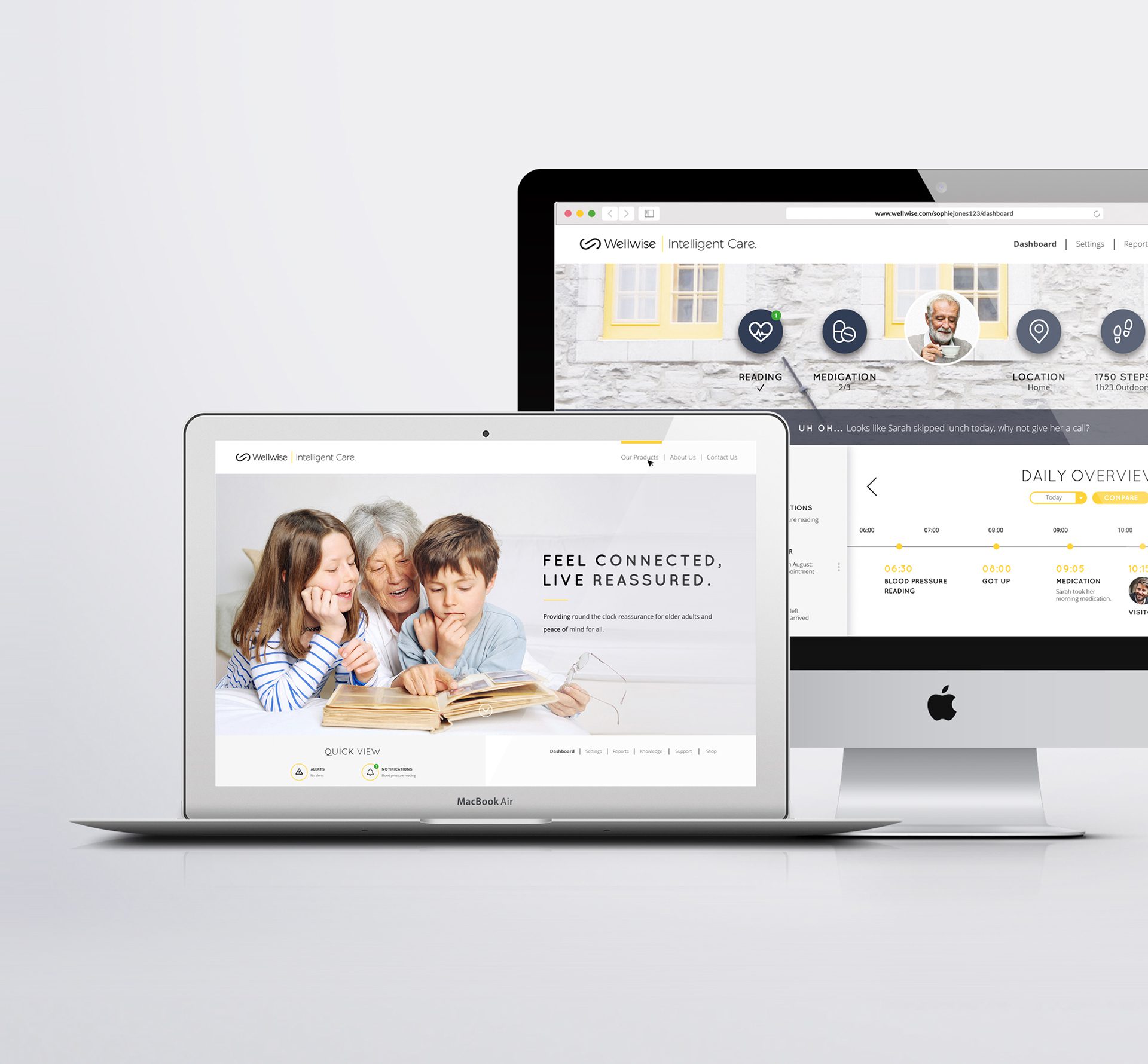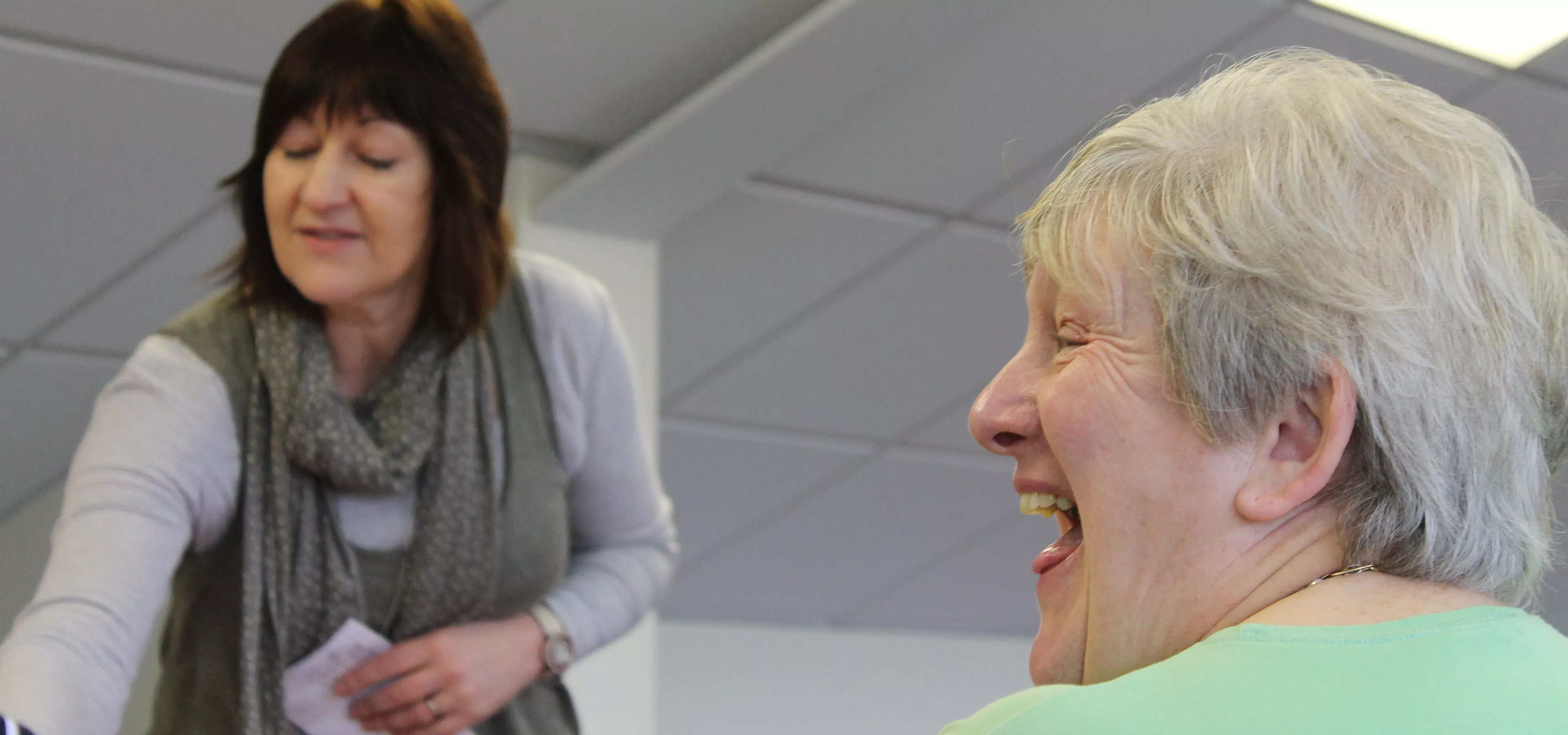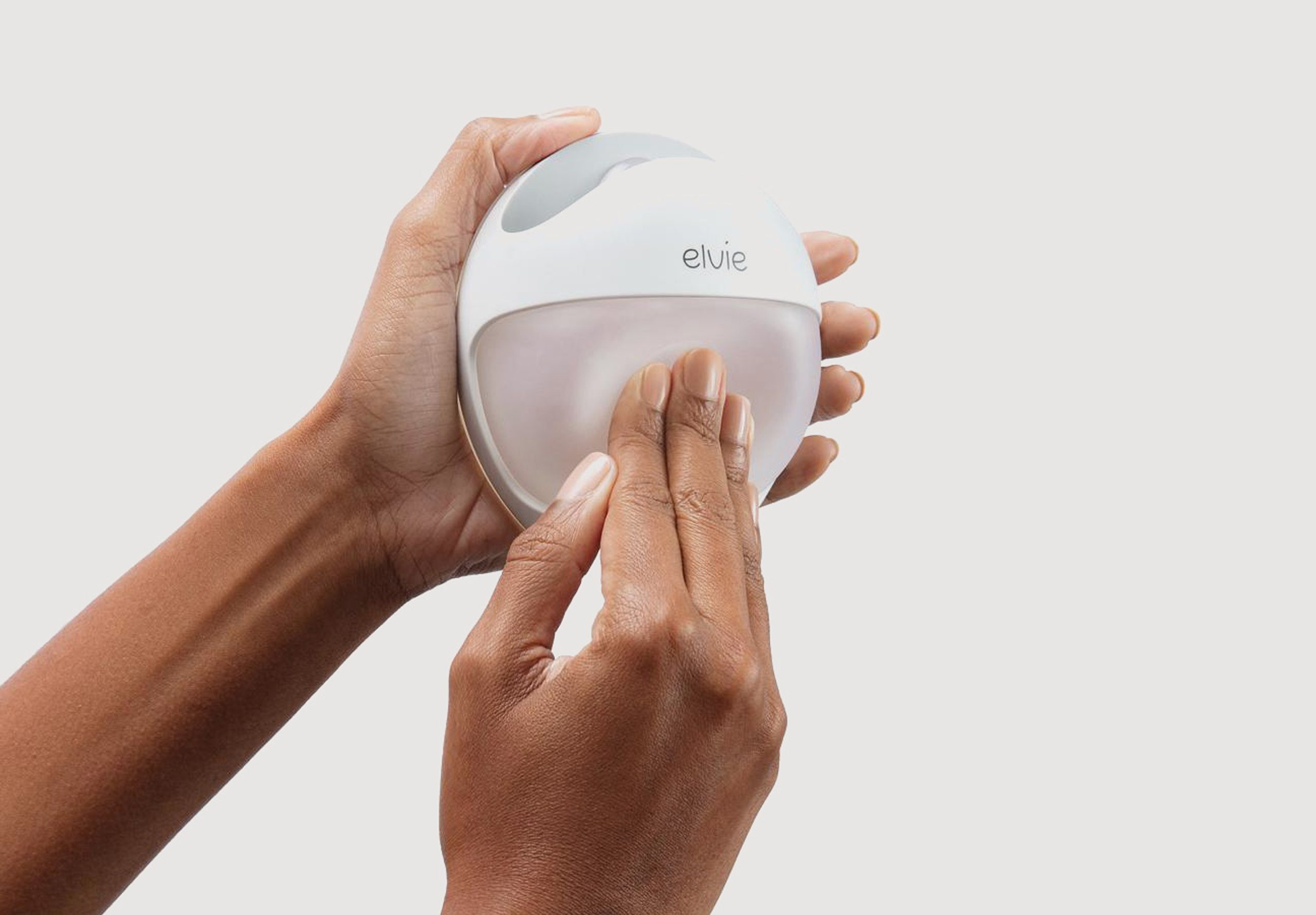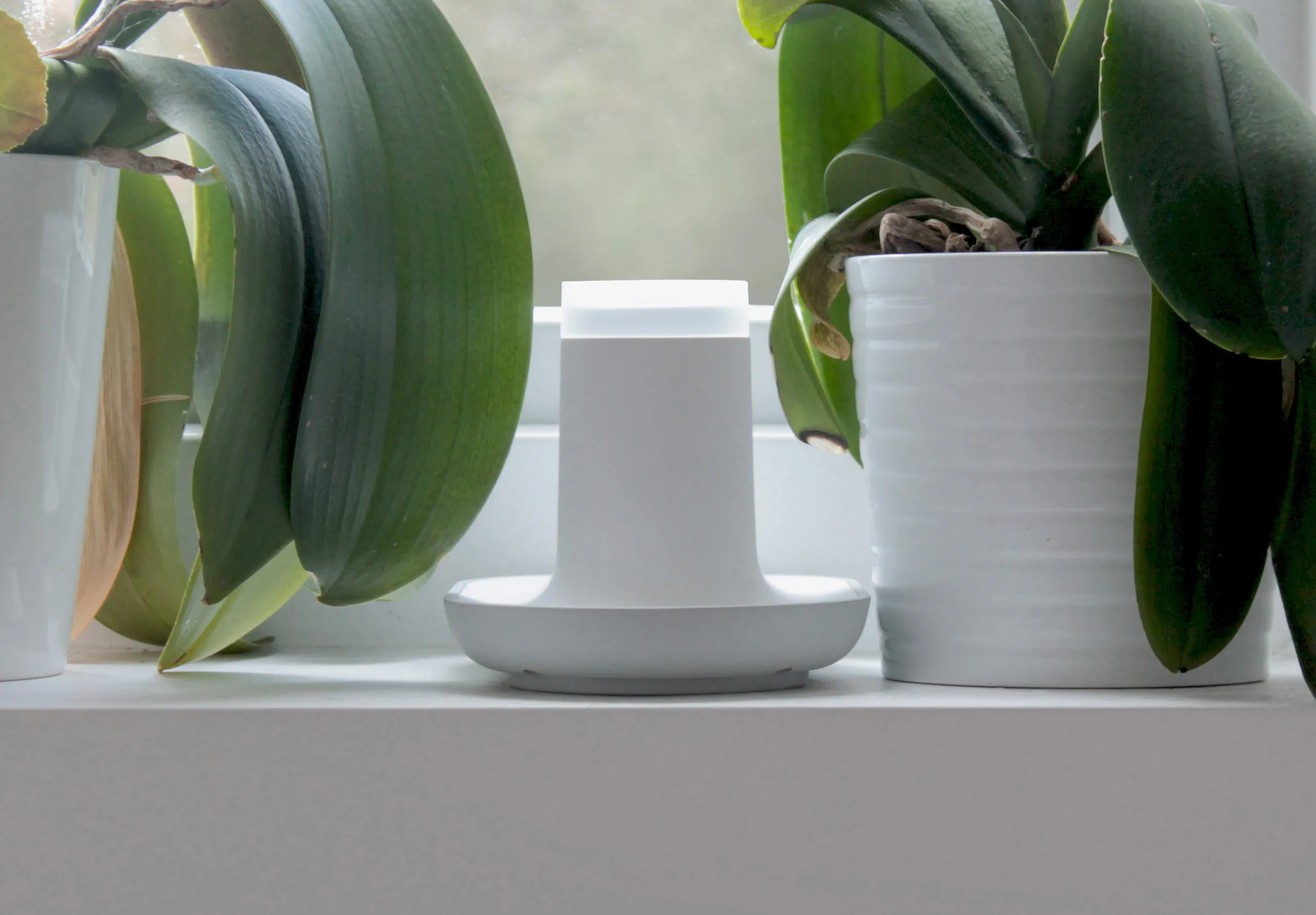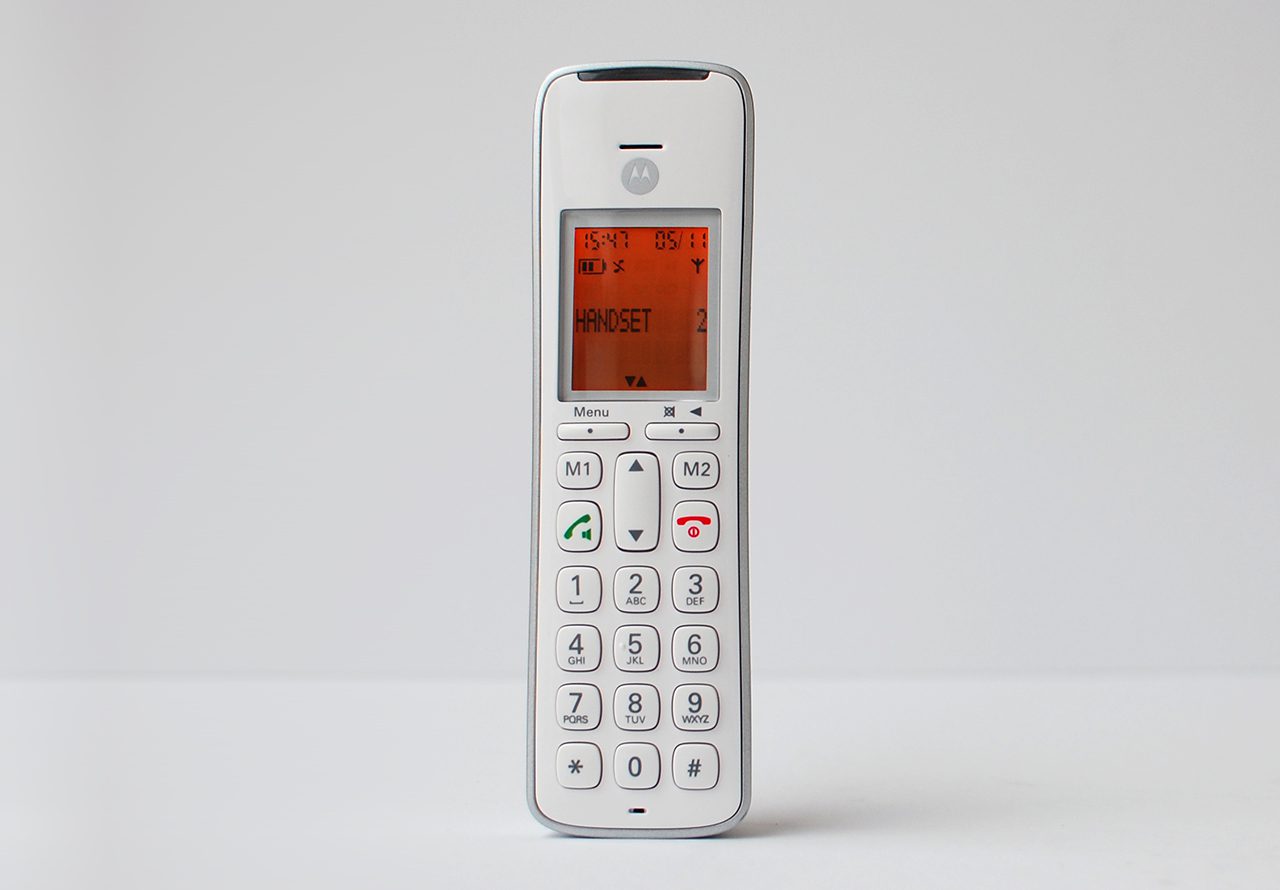Design that works for people
When we first encountered the concept of inclusive design (or universal design depending on your geography) in 2008, a powerful expression resonated with us: “Design for your future self.” Coined by Roger Coleman, co-founder of the RCA’s Helen Hamlyn Centre for Design, this simple phrase neatly brought home the idea of inclusion.
In this piece we share why design for inclusivity still feels so vital to us a studio.
Short on time? Try these links
Redefining design inclusion
Inclusive design is nothing new. For decades, the design community has largely set their sights on creating solutions that serve a diverse range of users. Today, as the spectrum of individual needs expands like never before, the call for inclusivity has evolved from a forward-thinking concept to a brand imperative.
Turning our attention back to Roger Coleman’s philosophy, “Design for your future self,” we find it places the designer at the centre, allowing them to apply their own sensitivities and ask themselves “what will the future me need?”
While we will always appreciate beauty in the same way, the adage served to remind designers that physical abilities might change over time – grip, eyesight, fine motor skills, mobility, and more.
By focusing on our future selves rather than a fictitious persona, we humanised the design process, making it real and tangible. Design that stigmatised was, after all, just as awful as design that excluded.
Fast forward a decade and half and the Rodd team is still laser-focused on design for inclusivity, helping brands to learn from the needs of others. However, the definition has evolved since then.
Today, design inclusion is a much broader term; it encompasses gender, age, physical and mental wellbeing, embracing the full spectrum of human experiences. It goes beyond just accommodating basic accessibility requirements; it strives to make every user feel seen, heard, and valued.
Putting people at the heart of the design process
Over this time, a common principle has emerged from the world of design: Involving the widest spectrum of people at the right point in the design process exposes the team to a new world of super users. This democratic approach to user-centred design never fails to deliver.
Designing without inclusion, is nothing more than myopic design for the creme de la creme. Inadvertently overlook the needs of those consumers that break that rule, and these super users will really expose the weaknesses in your product, whilst demonstrating their own incredible powers in the face of design-adversity.
Inclusive design, on the other hand, ensures that a product’s flaws are avoided and its strengths amplified through the wisdom of collective experiences. As people’s needs inevitably change, products remain relevant and sought after.
So if you want to know if your masterpiece makes the grade, recruit a super group whose needs have for so long been overlooked, and let them loose on your product.
And remember, design without inclusion really is a “future-me” problem. Overlooking the importance of inclusive design and its impact on people’s lives can result in products that seem convenient in the present, but ultimately cause obstacles down the road.
More about Rodd and design inclusion
